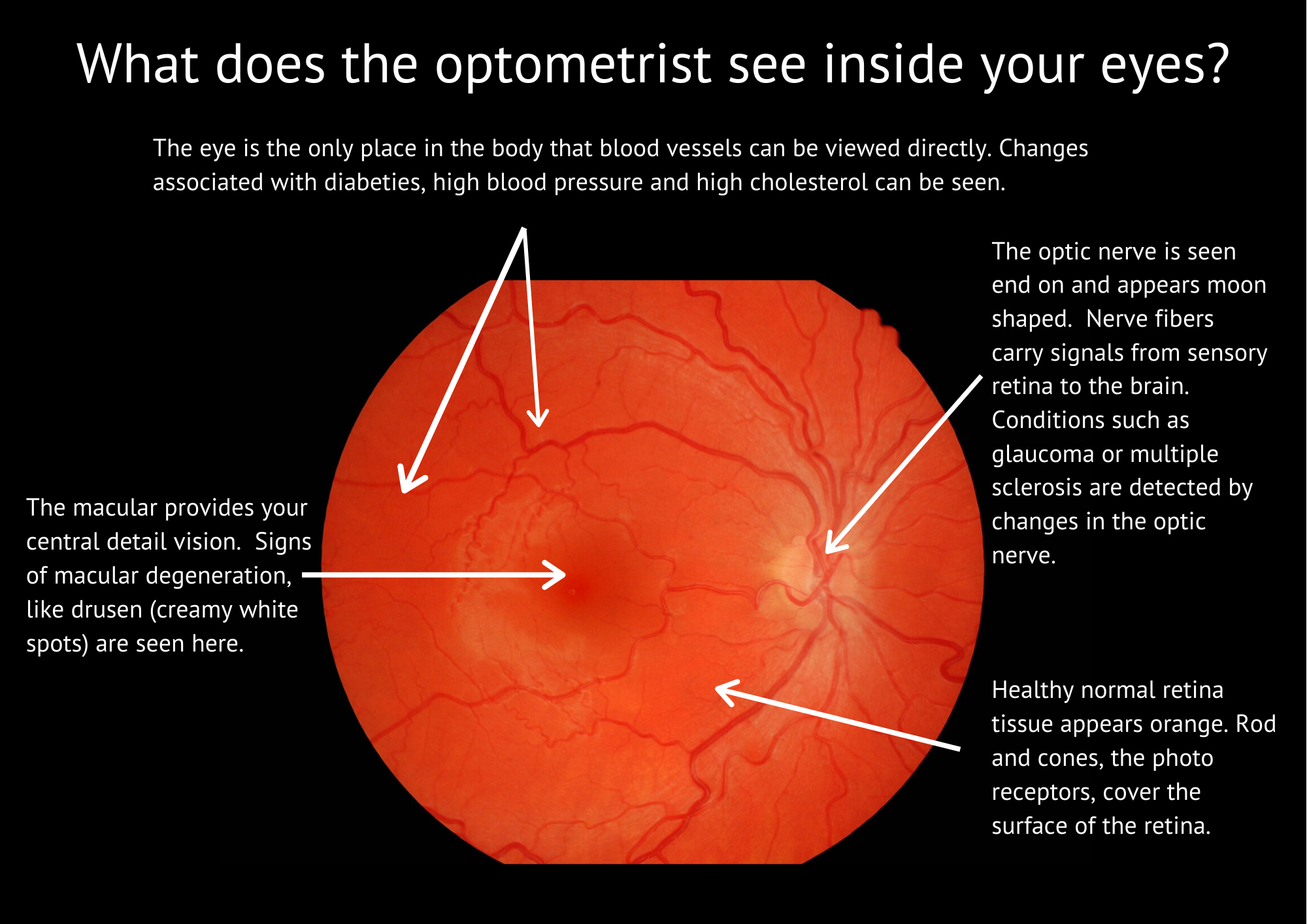Air pollution may be a modifiable risk factor for glaucoma - timely to consider this as the fires burn on across the Tasman.
Researchers from UCL Institute of Ophthalmology and Moorfields Eye Hospital found that people living in areas with higher amounts of fine particulate matter pollution were at least 6% more likely to report having glaucoma. This was compared to people in the least-polluted areas.
This adds to other evidence that people in urban areas are 50% more likely to have glaucoma than people in rural areas. Air pollution may be a key contributor to that pattern.
“We have found yet another reason why air pollution should be addressed as a public health priority, avoiding sources of air pollution could be worthwhile for eye health alongside other health concerns,” said the study’s lead author, Professor Paul Foster (UCL Institute of Ophthalmology and Moorfields Eye Hospital).
“We hope to continue our research to determine whether air pollution does indeed cause glaucoma, and if there are avoidance strategies that could help people reduce their exposure to air pollution to mitigate the health risks.”
“Most risk factors for glaucoma are out of our control, such as old age or genetics. It’s promising that we may have now identified a second risk factor for glaucoma, after eye pressure, that can be modified by lifestyle, treatment or policy changes,” added Professor Foster.
The findings were based on 111,370 participants of the UK Biobank study cohort, who had eye tests from 2006 to 2010 at sites across Britain. The participants were asked whether they had glaucoma. Then they underwent testing to measure intraocular pressure, and have eye scans.
The data was linked to air pollution measures for their home addresses, from the Small Area Health Statistics Unit, with the researchers focusing on fine particulate matter (equal or less than 2.5 micrometres in diameter, or PM2.5).
The team found that people in the most-polluted 25% of areas were 18% more likely to report having glaucoma than those in the least-polluted quartile. Eye pressure was not associated with air pollution, which suggests that air pollution may affect glaucoma risk through a different mechanism.
Air pollution may be contributing to the constriction of blood vessels, which ties into air pollution’s links to an increased risk of heart problems. Another possibility is that particulates may have a direct toxic effect damaging the nervous system and contributing to inflammation.
Air pollution has been implicated in elevated risk of pulmonary and cardiovascular disease as well as brain conditions such as Alzheimer’s disease, Parkinson’s disease and stroke. Particulate matter exposure is one of the strongest predictors of mortality among air pollutants.
“We found a striking correlation between particulate matter exposure and glaucoma. Given that this was in the UK, which has relatively low particulate matter pollution on the global scale, glaucoma may be even more strongly impacted by air pollution elsewhere in the world. And as we did not include indoor air pollution and workplace exposure in our analysis, the real effect may be even greater,” said Professor Foster.








